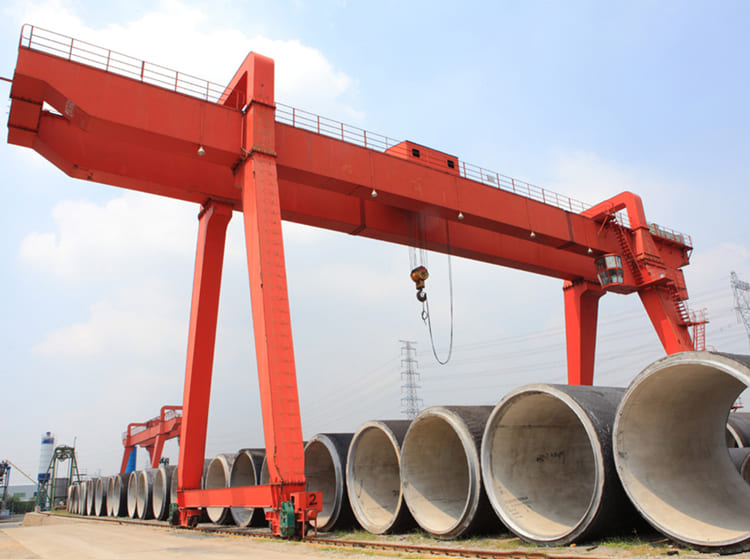Precautions for the Installation of Gantry Crane
1. Before installing the gantry crane, the installation plan should be determined based on the lifting equipment used for on-site installation, and installation technical measures should be formulated. And provide safety technical briefing to installation workers.
2. The installation site should be flat and hardened. The entrance and exit roads should be unobstructed with no obstacles above. Meet the requirements for truck cranes, transportation vehicles entering and exiting the site, and lifting operations.
3. The track foundation and the support point foundation of the car crane should meet the bearing requirements.
4. Safety warning lines should be arranged around the installation site, and necessary safety signs and warning signs should be set up.
5. Before starting the installation work, the installation tools and required materials should be inspected. Installation must be carried out in the order determined by the installation plan.

6. The high-strength bolts, steel, and steel strands used during installation must have a certificate of conformity, and samples must be taken for re inspection to meet the design requirements.
7. When the lifting capacity of the lifting equipment allows, ground assembly work should be carried out as much as possible to reduce high-altitude operations.
8. Before lifting the components, a trial lifting should be carried out to check the stress conditions of each part. Only when everything is normal can the lifting be continued.
9. Place semi-circular corner protectors (wire rope protectors) at the edges of the lifting wire rope and equipment to prevent damage to the wire rope.
10. When the legs are temporarily placed upright, the bottom walking trolley should be fixed to prevent movement. The cable wind ropes should be arranged reliably and in sufficient quantity.
11. During the installation process of gantry crane, when operators need to work on high-altitude components, they must ensure that the components are firmly supported and protective measures are taken in accordance with relevant standards and specifications for high-altitude operations.

























